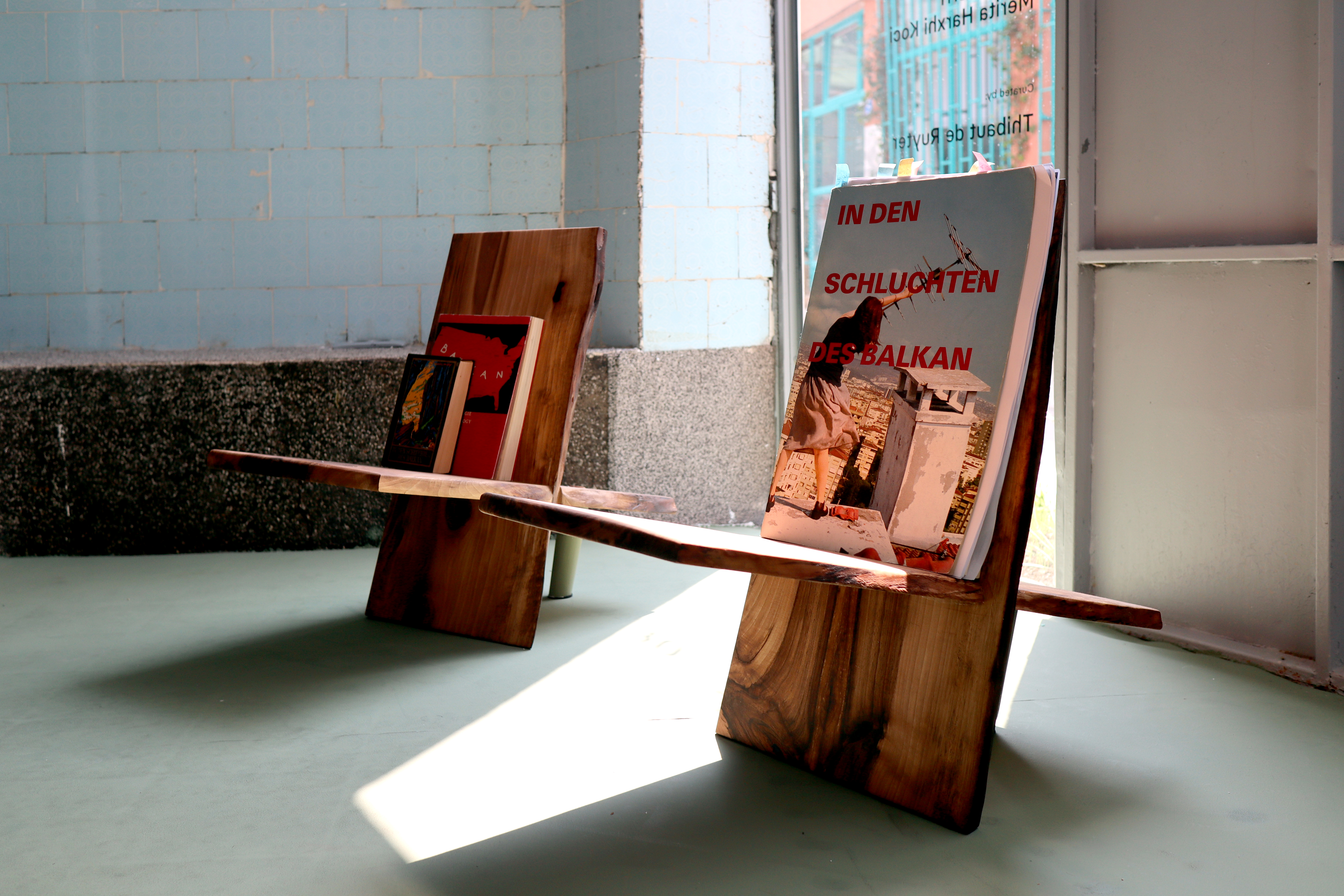Back to the Gorges of Balkan
Did the art scene in Kosovo radically change during the last twenty years? Do artists produce the same kind of artworks repeatedly? Does their art evolve with the political situation that surrounds them or the places where they exhibit? These questions - and a few more - are the starting point of “Back to the Gorges of Balkan.”

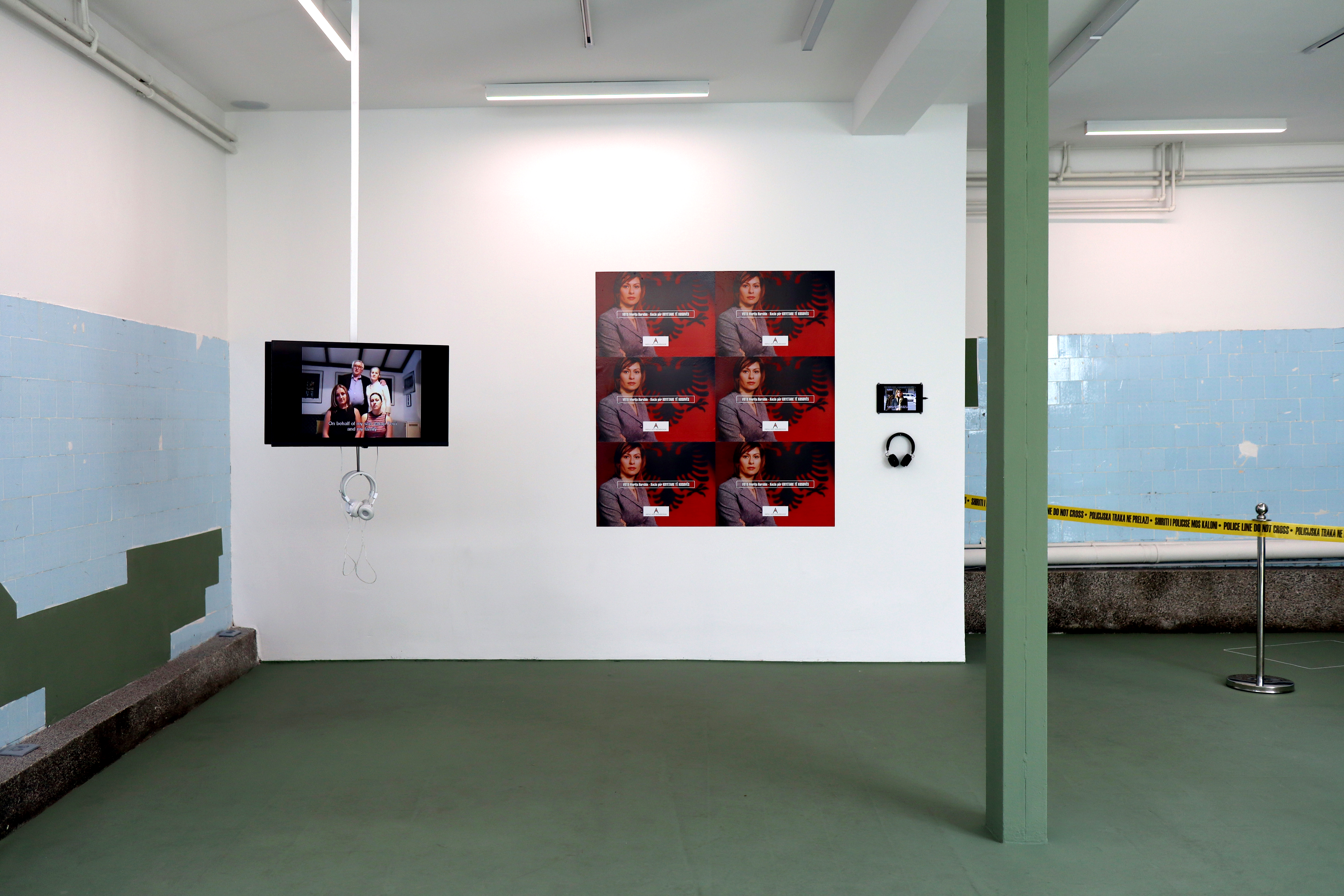
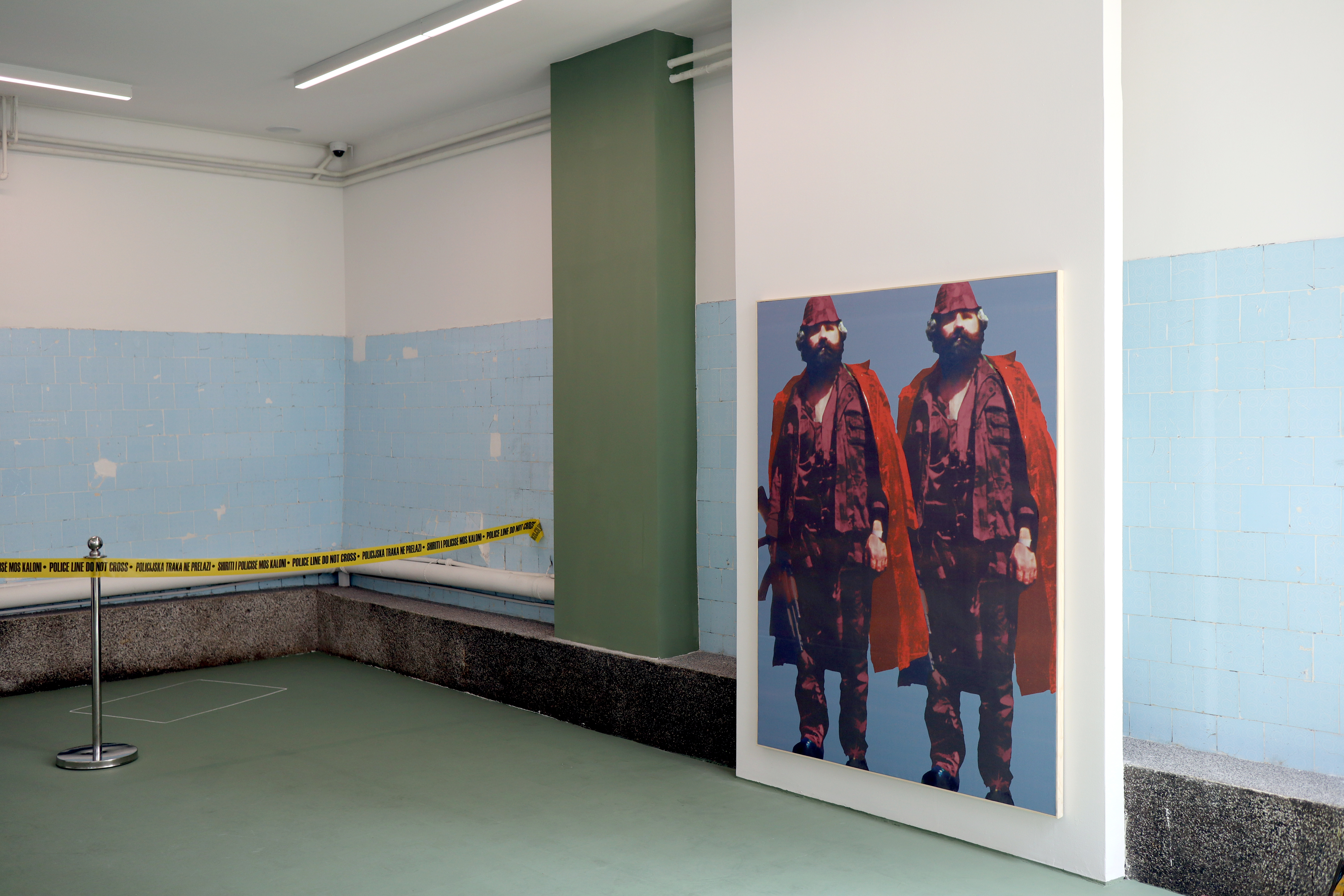
In 2003, the famous German curator René Block organized a large exhibition in Kassel, featuring no less than 90 artists from ex-Yugoslavia, Albania, Turkey, Greece, Bulgaria, and Romania. The exhibition, titled “In den Schluchten des Balkan” [In the Gorges of Balkan], borrowed its name from a novel written by Karl May in 1892. The title served to emphasize, with irony, the fact that Western Europe was finally taking notice of a rather unknown art scene and territory.
Exactly twenty years later, we reconstruct the participation of some of the artists from Kosovo in Galeria 17, presenting artworks that were displayed in Germany to the visitors in Prishtina. It is a unique opportunity to discover early videos or installations from renowned Kosovar artists, explore the archive of a seminal exhibition, and see what has changed (or not) in the local art scene over the last two decades. Out of the seven participants from Kosovo in the 2003 project, four have agreed to delve into their archives and reactivate their artworks.
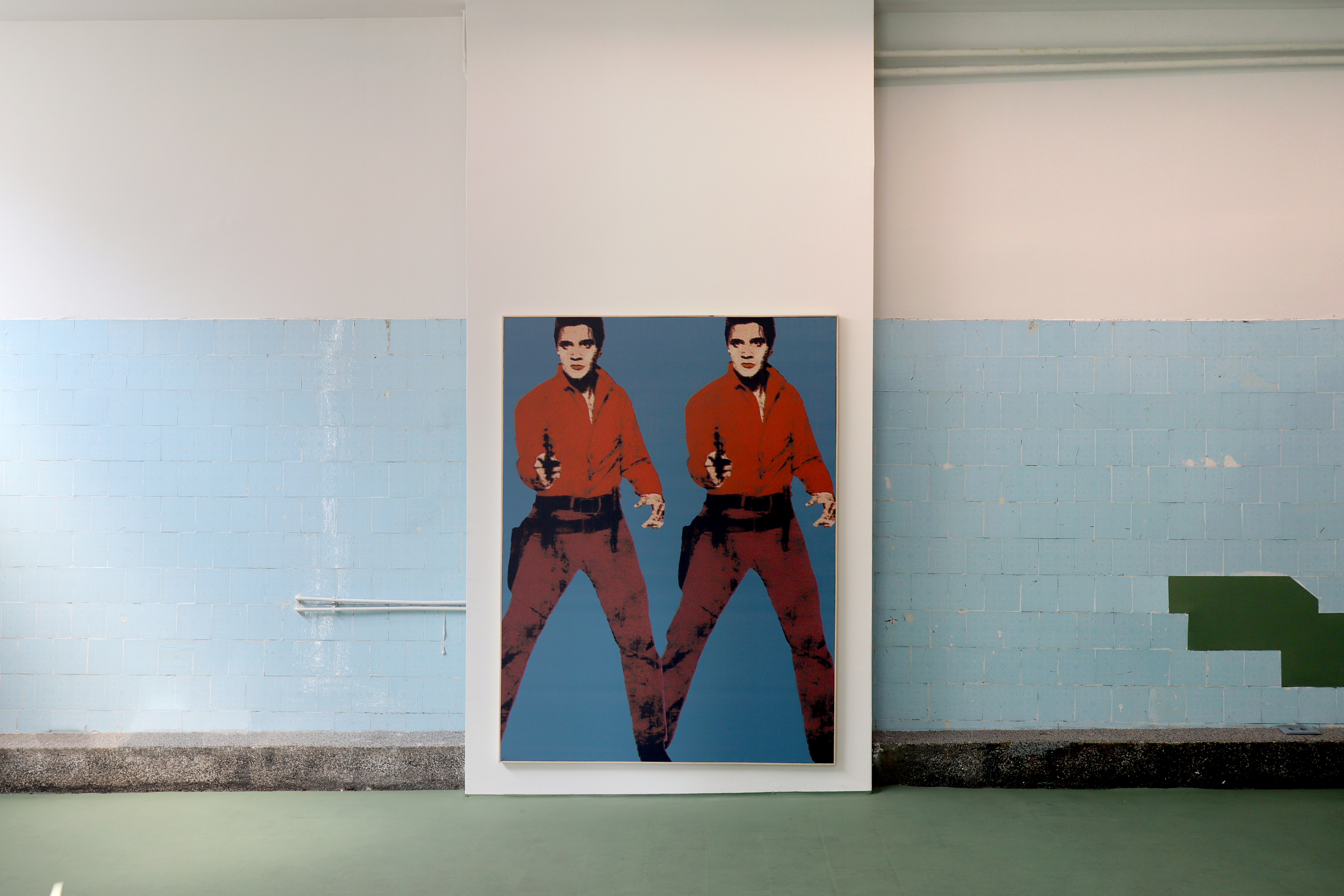
In his work “Face to Face” (2003), Dren Maliqi imagines the impossible meeting of Elvis Presley (1935-1977) with Adem Jashari (1955-1998). The rock star, as depicted by Andy Warhol, points his gun at the hero and victim of the Kosova liberation war. Two personalities face each other - the first from the history of pop culture and American art, the second from a violent reality and media coverage. Shkëlzen Maliqi wrote in the original catalogue from the Kassel exhibition: “The essential gesture of heroes emphasized in this artwork is related to the weapons held on alert, as a paradoxically violent gesture that ensures the safety and dignity of individuals and societies constantly facing violent threats. As for the heroic liberator Adem Jashari, the irony here consists of the transformation from an outstanding and tragic figure into a serialized and ordinary icon for mass consumption, just like a show business star”. In this new presentation, Dren Maliqi adds a silkscreen print from the reproduction of his artwork in newspapers, symbolizing the dissolution of images over time.
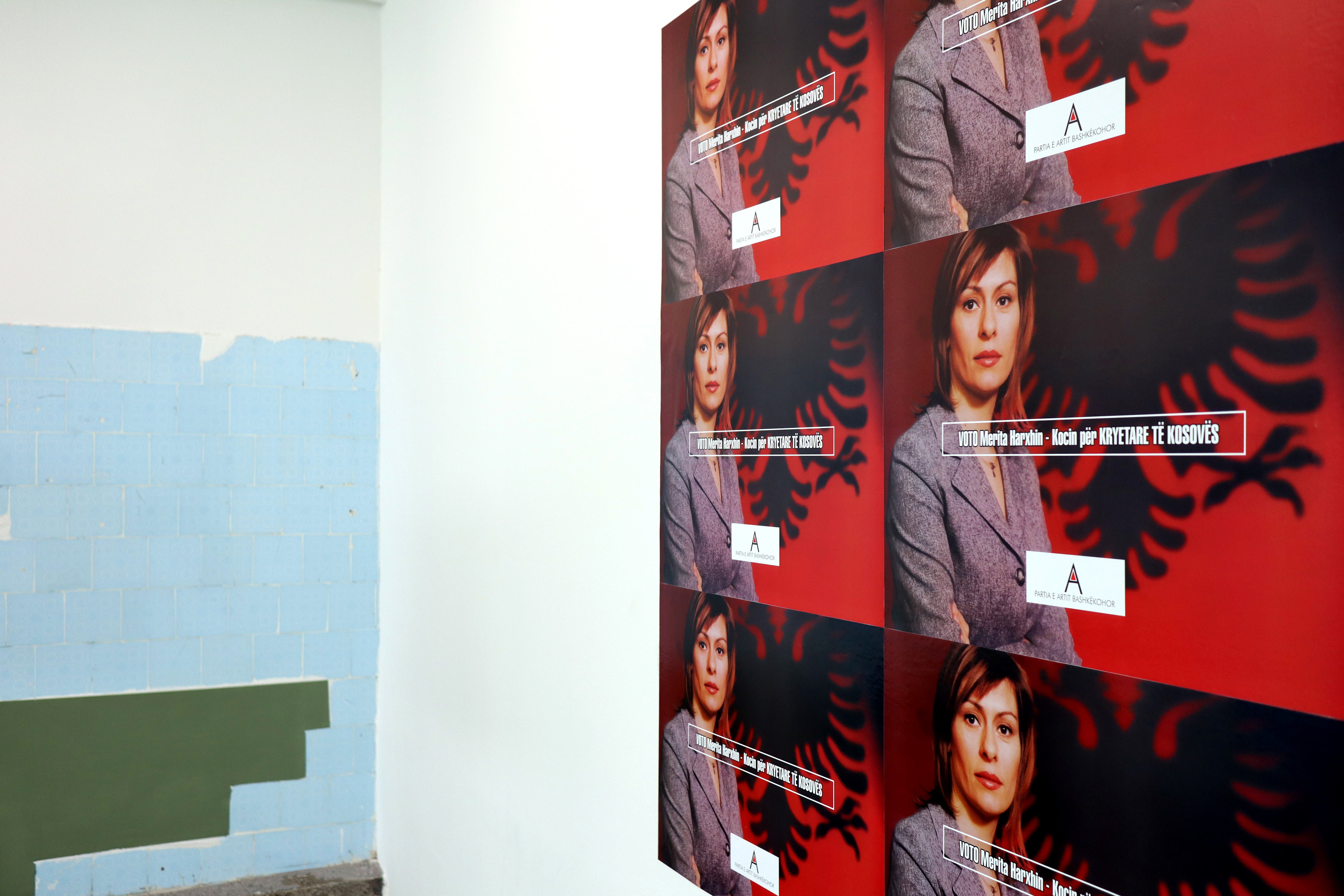
Merita Harxhi-Koci, who is now a famous fashion designer in Prishtina, created in 2003 a poster for a fictive election campaign. Dressed in an official manner, like all politicians, she poses seriously in front of the Albanian flag, running “for President of Kosova” under the “Contemporary Art Party.” At that time, it was a statement reflecting the uncertain status of the nation (Kosovo gained its independence only in 2008). The remarkable aspect of this artwork is the realization that nothing has truly changed in the aesthetics of political campaigns over the past 20 years - executives still present themselves with the same kind of outfits, hairstyles, and smiles. The artistic fiction has become reality, as the country had a woman president in 2010s, Atifete Jahjaga, and is now ruled by another, Vjosa Osmani. It seems as though Merita Harxhi-Koci, in her feminist claim, was foreseeing the future.

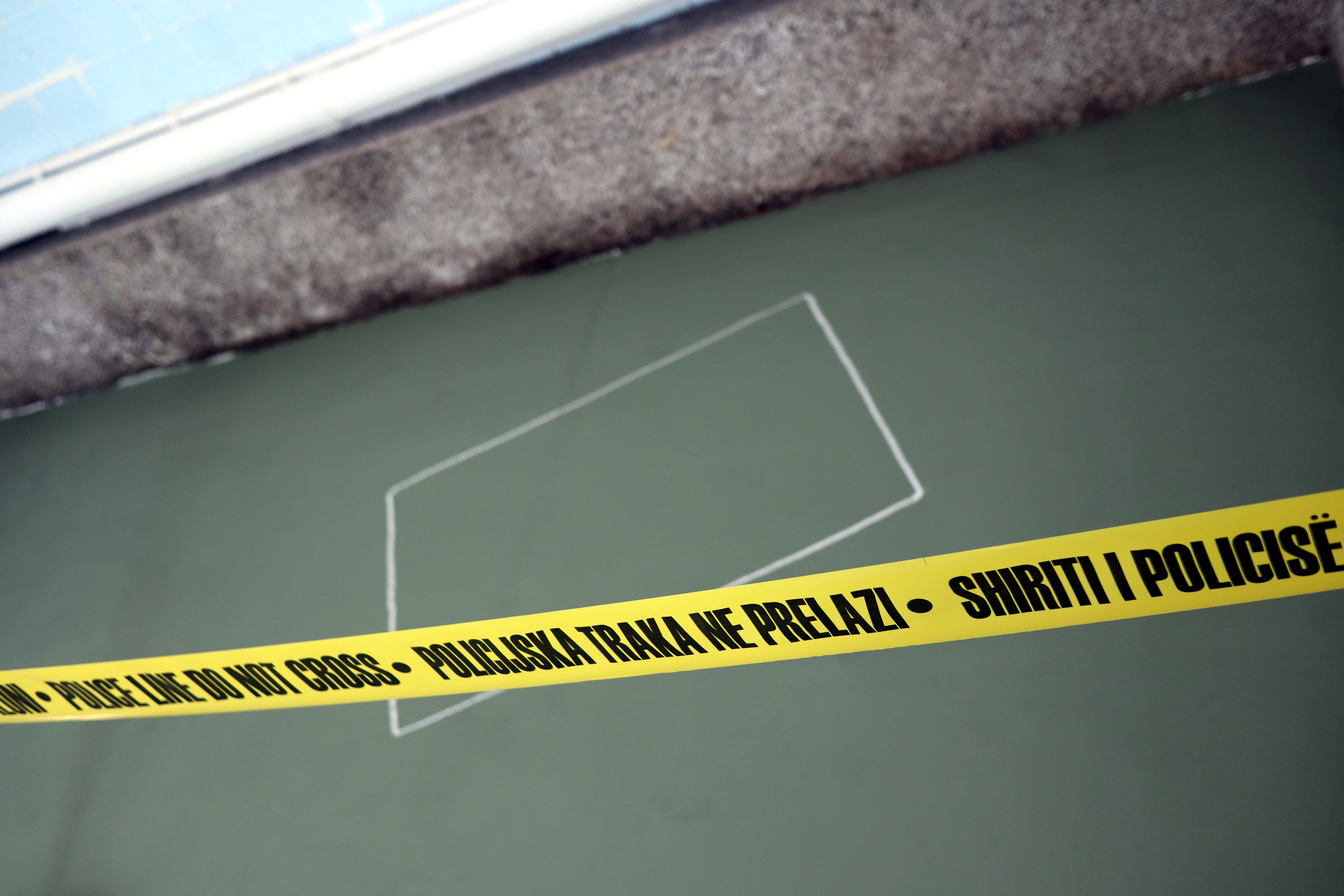
Driton Hajredini asked a rather simple question in 2003: "Who killed the painting?" The title of his installation, as well as the installation itself, refers to a crime scene. A line on the floor indicates the position of a rectangular-shaped dead body, while a strip of police tape keeps the visitors at a distance. Painting was indeed ‘assassinated’ multiple times during the 20th century, not only by the conceptual invention of Ready-Made but also by photography, video art, sound art, and performance. All these mediums and revolutions have contributed to the existence of contemporary art as we know it. However, painting remains a highly successful technique in the art market, and many museum visitors still prefer it over other forms. Twenty years later, the case is still open, and nobody knows who the murderer was or where the body lies, which was still in the exhibition space just a few minutes ago...

Shortly before heading to Kassel, Jakup Ferri recorded a small video message from his family to René Block. His parents wished him great success in Germany, urging him to: be careful... in an unknown place, and hoping that he returns home after the exhibition. What could have been a simple joke was, of course, a pun on the significance of the German curator arriving in the remote Balkans and taking the enfant prodige to the big city, the vast continent, and the globalized art world. A similar irony can be seen in “Save me, Help me” (2003) - another video in which the young artist reflects on his work and presents it to potential collectors or curators. Obviously, the fact that a curator from the West came to select and exhibit artists from Kosovo was seen as an opportunity and a step toward a future career, but without naivety or false expectations. It even inspired them to create critical works about their situation.

"In the Gorges of Balkan" was a play on the dangerous reputation the region held for the rest of Europe, shortly after the numerous wars that followed the collapse of Yugoslavia. It also drew on the mythology dating back to the Ottoman Empire. This exhibition, which brought an entirely new generation of artists to international visibility, has become a milestone in art history due to the quality of its curatorial research and the inventive artworks that depicted traumatic events, political uncertainties, and criticisms of the globalized art world.
Looking at artworks produced 20 years ago today, it's amazing to see how relevant they still are. The artists not only created pieces that reflected their situation in their country but also expressed their understanding of the role they had to play in the Western art world. The importance of international curators (Jakup Ferri), the possibility of painting in contemporary art (Driton Hajredini), the aesthetics of political campaigns and the significance of the feminist struggle (Merita Harxhi-Koci), or the confrontation between different cultures and histories (Dren Maliqi) - not much has changed in the realm of contemporary art. This makes these artworks more necessary than ever. They are not merely testimonies or mere archives from a past situation or transitional period; they continue to live and question us about art and society. They are, in a sense, timeless, as all good artworks should be.
